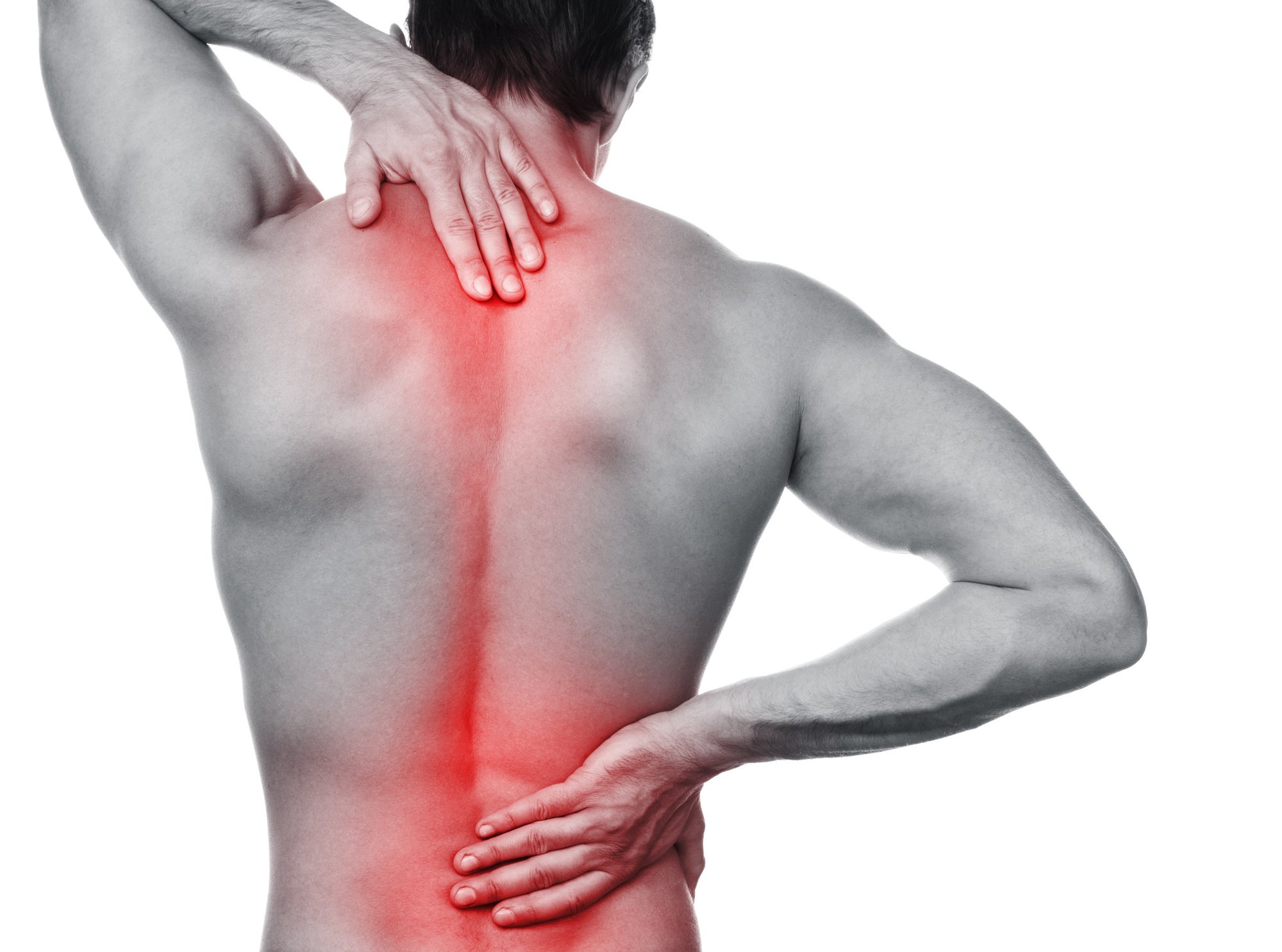
Unfortunately, the standard symptom of sciatica, which is the back pain that starts at the lower back and then moves down your leg and into your buttocks and/or thigh, is often the result of years of bad posture. Luckily, those who endure back pain and sciatica for the long haul will likely have a more mild case which usually goes away on its own after some time. Still, for those who are chronically suffering from sciatic pain, you should do what you can to find relief. This can be as simple as changing your posture or taking medication, but sometimes surgery may be the answer.
One of the most common treatment options for sciatic pain is physical therapy. This involves using exercise and/or stretches to help restore proper movement and function to the affected nerve. The therapy can range from light to extreme and can be used on its own, or in conjunction with traditional medicine such as prescription medication. In fact, many physicians will recommend physical therapy first, even before prescribing medication. This is because it can be difficult for nerve roots to heal properly without additional measures. For many people, this will help relieve any pressure put on the spine, which makes healing that much easier.
If physical therapy doesn't help, you may need sciatica treatment from a doctor. Many physicians will prescribe anti-inflammatory drugs or cortisone shots in order to reduce inflammation, which allows for more accurate therapy sessions. While these may work initially, you may need more than just medication to get rid of your back pain and sciatica. In fact, some patients find that over-the-counter medications and even cold compresses aren't enough to alleviate their symptoms.
This is where alternative treatment options come into play. Chiropractors and other medical professionals will typically use spinal manipulation and other advanced techniques to help improve spinal compression, allowing the discs to slowly regrow themselves and get rid of the chronic pain. These are great for those who have severe pain, but some may not want to go through surgery, injections, or spinal manipulation on their own.
Other methods used by chiropractors and physical therapists include ultrasound treatments and electric stimulation. An ultrasound works by using sound waves to target and loosen tight muscles and ligaments. This allows spinal decompression to improve spinal compression, which also relieves some of the chronic back pain and sciatica. Electric stimulation works by applying mild electric currents to the spinal cord to stimulate the nervous system, reducing inflammation and improving mobility in the area. This method has shown promising results with some patients, but the effectiveness of these methods varies widely from patient to patient. This website provides useful info on back pain and sciatica treatment.
Alternative and complementary therapies are a great way to attack back pain and sciatica, but it's important that you talk to your doctor first. While they can give you advice and recommendations, they cannot provide medical care. Physical therapy and chiropractic care must be administered by your physician, because they address the physical condition of your body, not the symptoms you may be experiencing. Talking to your doctor about your back pain and sciatica treatment options is the best way to find relief today. For more information, check out this related post: https://en.wikipedia.org/wiki/Sciatica .


